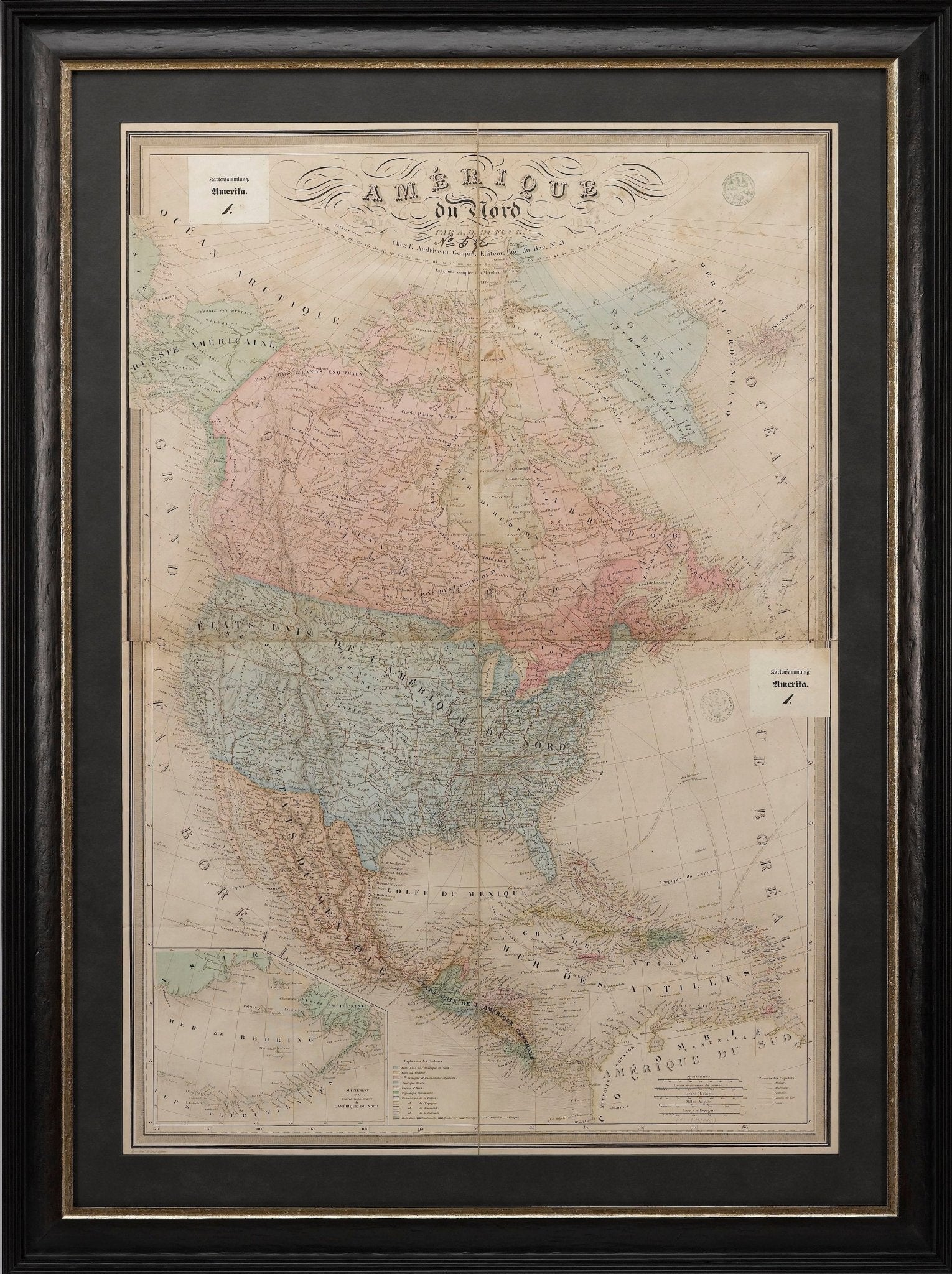The Famous “Christy Girls” by Howard Chandler Christy
Howard Chandler Christy was born in Ohio on January 10, 1873. Christy was interested in art from a young age, which his mother continuously encouraged. In 1890 he moved to New York City for a brief period for a formal art education until he ran out of funds to support himself, which led him back home to Ohio. Two years later Christy found himself back in New York studying under teacher and artist, William Merritt Chase. Chase encouraged his students to paint subjects in a realistic way, a style which Christy naturally gravitated towards. Christy first started illustrating books and magazine articles, but through that success Christy had the opportunity to open his own studio to focus on portrait and landscape paintings (Ohio History Central Contributors).
Over the next decade, Christy became one of the most popular artists and illustrators in America. This was due to his involvement in the Spanish-American War, where he accompanied American soldiers into battle to draw pen and ink illustrations of the battlefields. These illustrations were published in articles that discussed the war’s progress. His fame continued to grow throughout the 1910s, when he began to produce paintings that were to be used on posters that encouraged Americans to support the war effort.
During this time, Christy became famous for his depictions of what is now known as the “Christy Girl.” The “Christy Girl” was first created through the publication of his painting of The Soldier’s Dream, a single character that embodied American women and represented American support for the war efforts (Pfohl). Christy describes the “Christy Girl” as a “high-bred, aristocratic and dainty though not always silken-skired; a woman with tremendous self-respect.” A fellow critic also described the “Christy Girl” as a representation of “the awakening female, no longer content to preside over the kitchen, to be forbidden the golf course or the vote. The way Christy drew her, she was popular with the males because of her charm, while the young women liked her because she embodied their dreams of emancipation.” This sentiment made for the perfect war poster depiction and became something that every man and woman could relate to (Ohio History Central Contributors).
One fine example of Christy’s war posters featuring the “Christy Girl” is the 1919 original lithograph poster entitled “Clear the Way! Buy Bonds.” This poster was produced as part of the Fourth Liberty Loan, in New York by Niagara Lithography. Liberty Bonds were war bonds that were issued and sold in the United States to support Allied causes during the Great War, which helped generate quick funding of the war effort. By subscribing to the bonds, one could show their patriotic duty to the United States. Bonds introduced the idea of financial security to many citizens for the first time. Poster art such as that shown in this example got a lot of attention at both the local and national level. By utilizing such a convincing depiction as the “Christy Girl,” these posters persuaded citizens to ration their money and spend it on the war effort.
This original World War I poster entitled “If You Want to Fight!/Join the Marines” was published in 1915 and urged the public to join the Marines. Not only was the “Christy Girl” a representation of the ideal American woman, but it also played with the idea of switching gender roles, represented in posters such as this where the woman is pictured in a traditionally masculine role. Christy’s aim in doing this was to seduce men into joining the service. With the soft and feminine features juxtaposed with war garments typically worn by males, these posters were able to become something everyone could relate to. 
After World War I, Christy moved away from painting the “Christy Girl” and focused more on general portrait paintings. Because of his rising popularity, he had the opportunity to paint portraits of many well-known celebrities and political figures including Franklin Delano Roosevelt, Herbert Hoover, Calvin Coolidge, Amelia Earhart, General Douglas MacArthur, and Eddie Rickenbacker. In his later years he also got into painting commemorative paintings of historical events, one of his most famous being the signing of the United States Constitution (Ohio History Central Contributors).
“The Signing” is a lithographic poster rendering the signing of the Constitution of the United States. Christy was commissioned to create images that celebrated America’s history and the 150th anniversary of the Constitution. The 1937 original oil painting was issued as a commemorative lithographic poster that was sold in three different sizes. The poster displays allegorical references to core American values and the 150 year history of the nation. The bottom two thirds of the poster depict the signing itself, with George Washington being the most prominent figure. Other significant figures of note are Richard Spaight, Benjamin Franklin, Alexander Hamilton, and James Madison. Lady Liberty is shown in the center, holding a golden scroll of “We the People.” Christy also made a point to speak to the might of American industrialism by including factory workers, smokestacks, locomotives, ships, and fighter planes.
Howard Chandler Christy was a brilliant mind and a talented artist who brought America together through the use of art and representation. Barriers of preconceived ideas were broken down through his work- he was deliberate about the messages within his work. Christy died in 1952 in New York City, but his art and the creation of the “Christy Girl” still lives on through these works.






